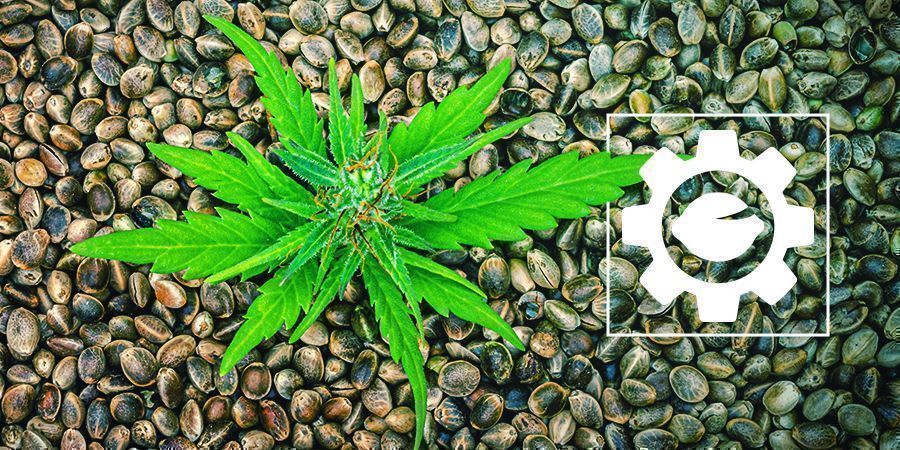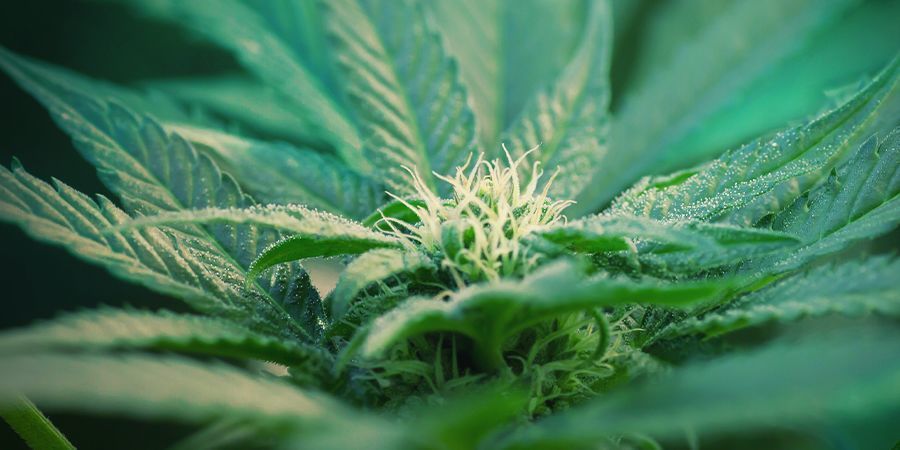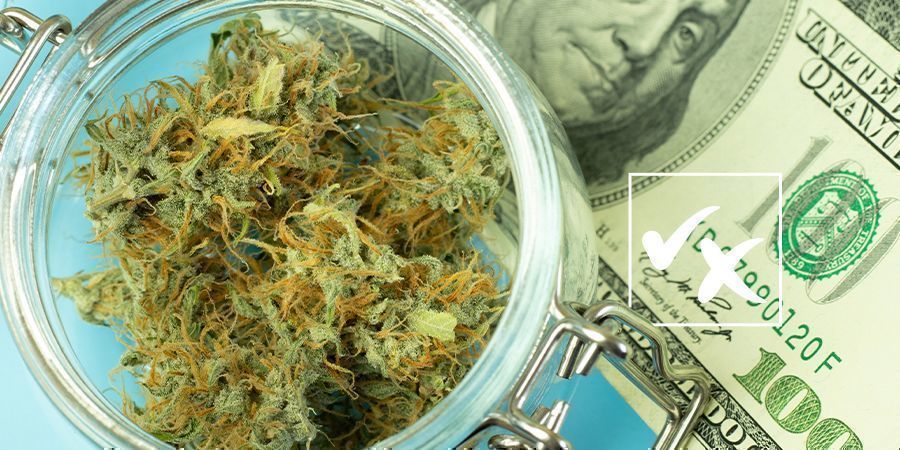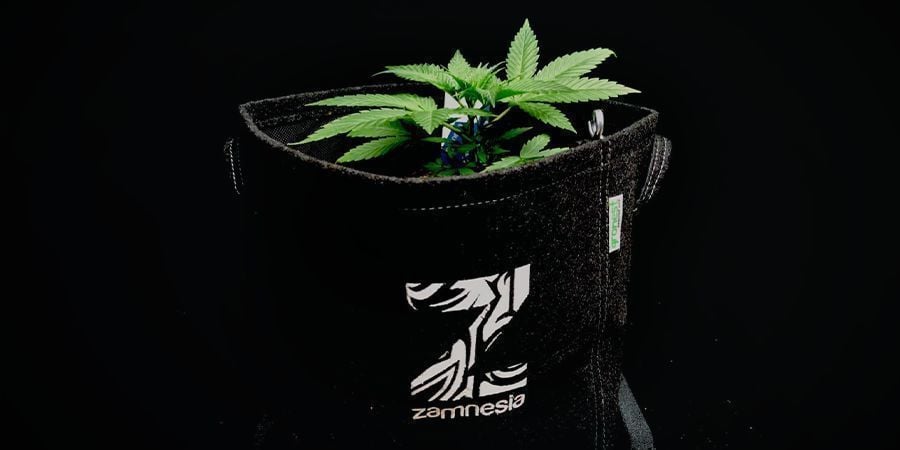What Are Autoflowering Cannabis Seeds?
While they’ve only recently gained public exposure, autoflowering cannabis seeds have become extremely popular. Read on to learn all about autoflowering cannabis seeds.
Pretty much any cannabis seed bank these days will offer autoflowering seeds alongside their photoperiod counterparts. They’re not just a novelty either; you can find dozens of varieties cherished by hobby growers everywhere. But what actually are autoflowering cannabis seeds? What’s the difference between them and other types of cannabis seeds? What’s made them so popular? Let’s take a look!
What Is Autoflowering Cannabis?
Autoflowering cannabis is distinguished by its ability to flower regardless of the light schedule. In other words, it doesn’t follow the natural change of seasons, instead blooming according to age. This separates it from photoperiod cannabis, which requires the shift to a 12/12 (hour) light cycle to start producing flowers. This is convenient for growers, since they can keep their autos on an unwavering light cycle until harvest day.
Another unique characteristic of autoflowers is their compact size. As they often don’t get taller than 50–100cm, they are ideal for growing indoors in small spaces. In turn, autos also grow fast, often delivering their goods in a quick 70 days after planting.
History of Autoflowering Cannabis
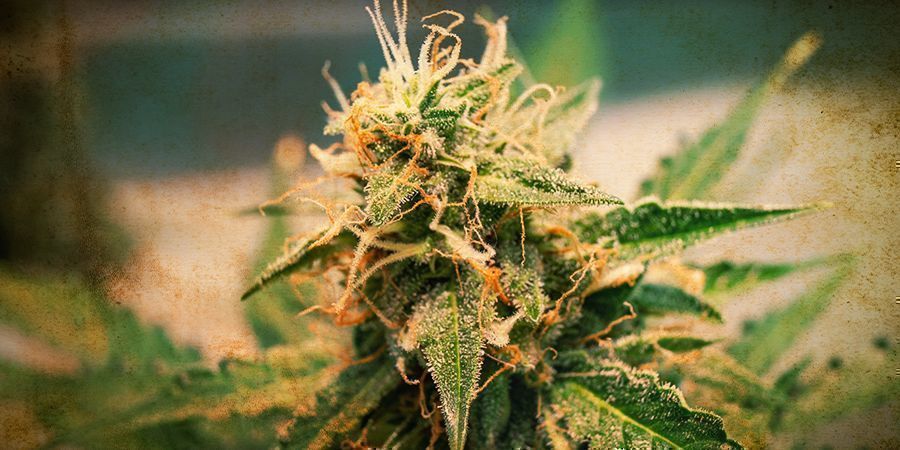
If you’re wondering where to extend your thanks, just look to Cannabis ruderalis! It’s a wild (sub)species, typically found in Siberia and similar regions of the world. While you all know indica and sativa, this third member of the band is more obscure due to its short stature and lower yields. What it does offer, however, are genetics that allow it to grow quickly and independent of light cycle. Even in near-arctic regions, sometimes devoid of sunsets, it can thrive.
Desiring all of these traits in their photoperiod strains, growers began experimenting with ruderalis genetics in the early 1970s. To their joy, they discovered that standard strains crossed with ruderalis could retain most of their THC and yield size, all while gaining autoflowering abilities and growing quicker than ever.
While it’s been an uphill journey to get the genetic formula right, autoflowers today can easily rival photoperiod varieties. In some cases, they even surpass them in potency and flavour. All the while, they pop out of the ground with lightning speed, allowing for many more harvests per year. Unsurprisingly, they’ve subsequently become highly popular cannabis seeds in grow rooms all around the world.
How Are Autoflowering Cannabis Seeds Made?
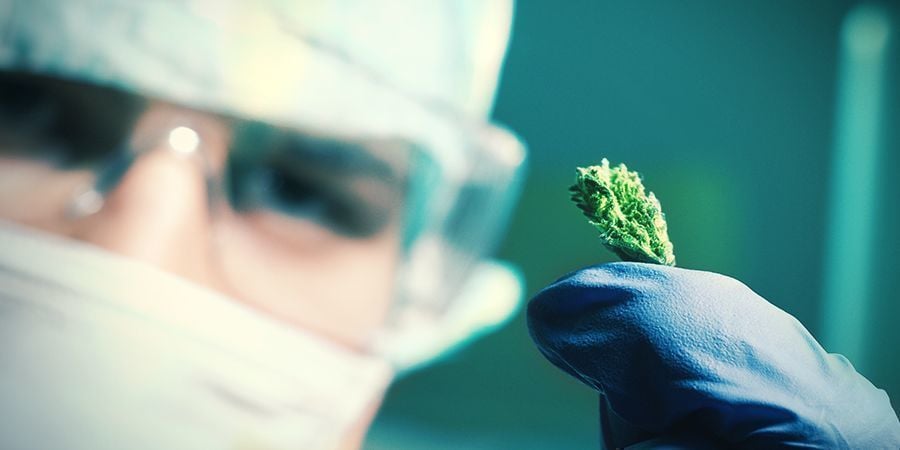
Considering all that, you might be wondering how you can go about creating your own autoflowering seeds? Well, there are two options to choose from.
Method #1 Breeding From Autoflowering Cannabis
Autoflowering seeds can be obtained from any autoflowering (ruderalis-heavy) cannabis variety. It’s important that one uses regular (non-feminized) seeds for that purpose, as this ensures a more or less equal amount of male and female cannabis plants. Why do you need that balance? Well, unlike “normal” cannabis grows where you’re only looking to harvest the buds, you need the males to pollinate your female plants and achieve new auto seeds. Allow them to grow alongside each other, and you will get plenty of seeds come harvest time.
Method #2 Crossing Photoperiod Strains With Ruderalis
Creating your very own strain will take a bit more patience and effort, but it is highly rewarding work! Creating autoflowering versions of photoperiod strains via crossbreeding is the way to go. The first offspring from such a cross won’t likely result in an autoflower. However, as the generations proceed, they’ll start to carry the autoflowering gene, which then passes over to the next generation. Given that there is a 50% chance the gene will be passed, and both the male and the female need the gene, you will end up with a 25% chance of autoflowers in the next generation.
Perfecting Your Cannabis Strain: Selective Breeding & Backcrossing
If you really want to obtain specialised seeds, we suggest trying intentional selective breeding. This is where you select only the best specimens based on criteria like taste, potency, and yield. Separate your chosen plants from the rest, and pollinate them in a controlled environment like a tent or grow room. It may take several generations to see good results, but it’s a surefire way to get a beautiful strain.
Backcrossing, in this context, is where you cross the best results from the crossbreeding we discussed earlier, and then cross those with your original photoperiod strain. For each new generation, more of the desired traits will show in the offspring. Go about backcrossing this way until the third generation, which will usually yield 100% autoflowers.
Pros and Cons of Autoflowering Seeds
Autoflowering strains, like any others, have their pros and cons. What’s best for you will depend on various factors, like your growing environment, personal expectations, and preferences. Let’s look at the pros and cons of autoflowering cannabis seeds:
Pros:
-
Good for growing in less-ideal conditions. Often resistant to cold and temperature fluctuations. Often resistant to mould, which makes autos great for growing outdoors in regions with colder, wetter climates.
-
Their timing is very reliable. Autoflowers spend 3–4 weeks growing before they start to flower automatically. This makes it easier to plan your crops as you’ll know when to plant and harvest.
-
They have a shorter life cycle than photoperiod plants, so you can harvest sooner. Likewise, autos can provide multiple harvests in a single growing season when you plant them several weeks apart.
-
The small plants fit in limited spaces (small tents, balconies, terraces, etc.), and are perfect for micro-grows. They are also ideal for discreet outdoor grows.
-
They don’t need as many nutrients as large feminized photoperiod plants, so they’ll save you a bit of cash.
-
There’s no need to switch light cycles, making autos great for beginners.
Cons:
-
Yields are typically smaller than with photoperiod strains.
-
Autos can have a lower THC content than photoperiod strains.
-
Autos are harder to train, as there’s a two-week training window. As a result, they’re not suited for high stress training (cutting, fimming, topping, etc.). Some low stress training, however, should be okay—just be careful.
-
You can’t clone autoflowers.
-
Autos need more hours of light for optimal results, which may result in higher electricity bills.
Things to Consider When Growing Cannabis From Autoflowering Seeds
Due to their distinct characteristics, autoflowers have different growing requirements than feminized photoperiod cannabis plants. Here are some tips to ensure you give them the best shot possible:
-
Choose a strain with a veg and flower period that syncs with your desired time frame. After all, autoflowers flower automatically and you can’t control how long they stay in veg. In other words, once you plant your seed, the strain will be ready exactly when it’s supposed to be (usually in 70 or so days), no matter what. Keep that in mind when starting your grow.
-
Go light on your nutrients! Autos will need far less nutrients than large feminized photoperiod cannabis. Considering that, you won’t want to follow typical feeding instructions exactly. Feed them maybe 50%, or even 25%, of the recommended nutrients.
-
Don't transplant your autoflowers. Transplanting stresses plants out, and can delay or halt growth. Autoflowers don’t have time to recover from stress, so start your autoflowers in their final container. We highly recommend growing in fabric pots such as the Zamnesia Geotextile 11-litre Fabric Pot. These fabric pots keep roots healthy to ensure optimal growth, and they make it nearly impossible to overwater.
-
Make sure that your grow space can accommodate the final height of your plants, as you won’t be able to train the branches. Check strain descriptions to determine their potential final height.
-
Although you can grow your autos under almost any light schedule, with some growers keeping them on 24/7, a 20/4 light schedule (20 hours on, 4 hours off) is the most popular. This will allow for the most optimal yields, and those four hours off will trim your electric bill.
Increasing Your Autoflowering Cannabis Yield
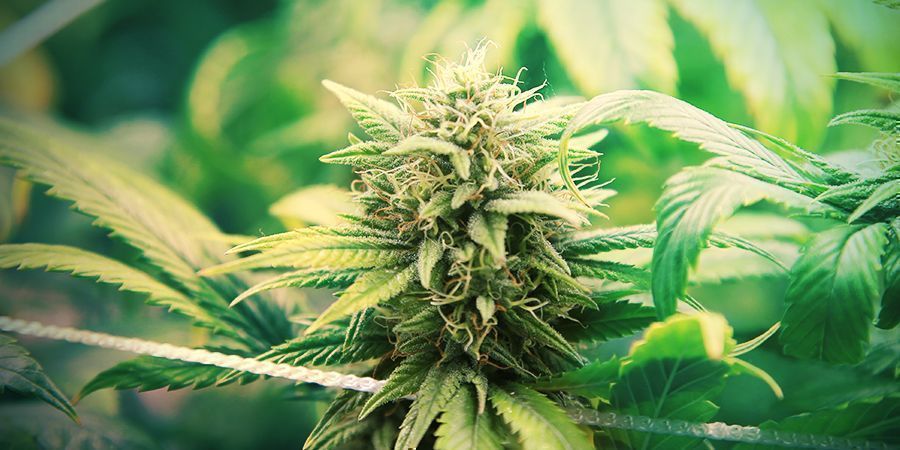
Are the yields from your autoflowering strains not as big as expected? Here are a few things you can do to stimulate bud production:
-
Don't overfeed! Contrary to what one may think, more nutrition doesn’t mean bigger buds or better yields. Autos have smaller roots so they are easily overwhelmed. If you overfeed, your plants will suffer and may even get sick.
-
Keep your pH level and nutrients at the optimal levels. If you’re growing in soil, make sure the pH of your water/nutrient solution is between 6.0 and 7.0. Adjust as necessary.
-
Ensure 19–20 hours of light per day. Reduce distance from your grow light to your plant to increase light intensity. Consider a more powerful light in your growing area.
-
Avoid stressing your autoflowering plants at all times! Don’t repot, don’t train, don’t cut, don’t trim. If training is really necessary, only use gentle, non-damaging methods such as LST (low stress training).
-
Use an airy growing medium. Autoflowers want an even lighter and airier growing medium than feminized photoperiod plants. If your growing medium is too compact, the roots can’t grow well. Likewise, stagnant moisture in the soil due to poor drainage can lead to all kinds of problems. If necessary, amend your growing medium with some perlite (10–15%) for optimal conditions.
-
Grow in a sea of green (SOG) to max out your growing space. With their small size, autoflowers are most ideally grown in a SOG. That simply means placing many small plants in a given growing area for maximum yields. Use square pots to max out the available space in your tent or grow room. This method, in turn, will make up for the smaller yields of individual plants.












 United States
United States
